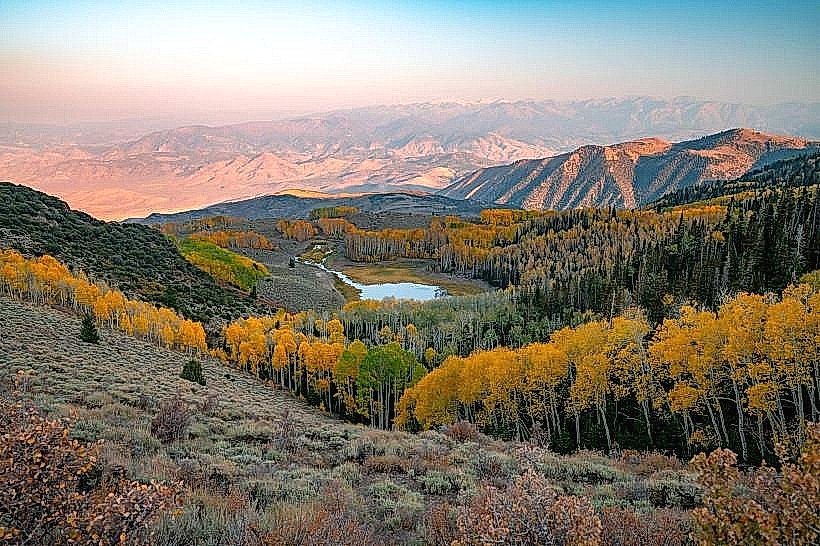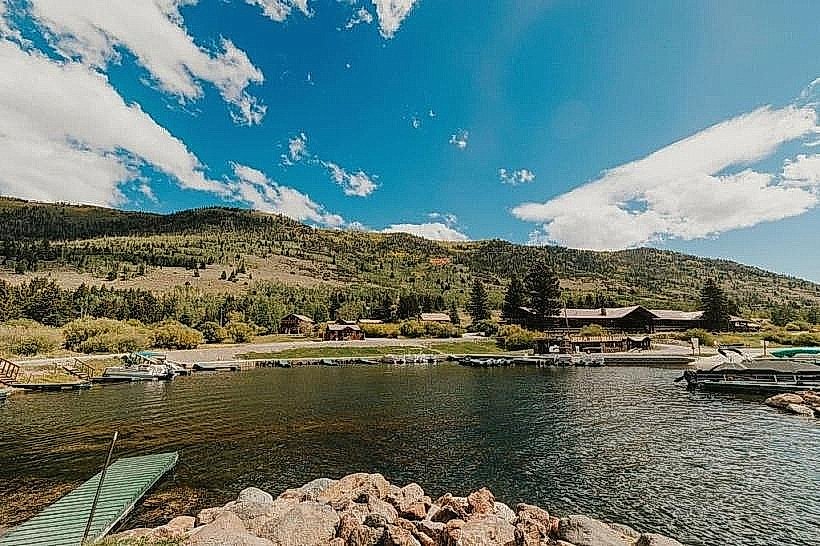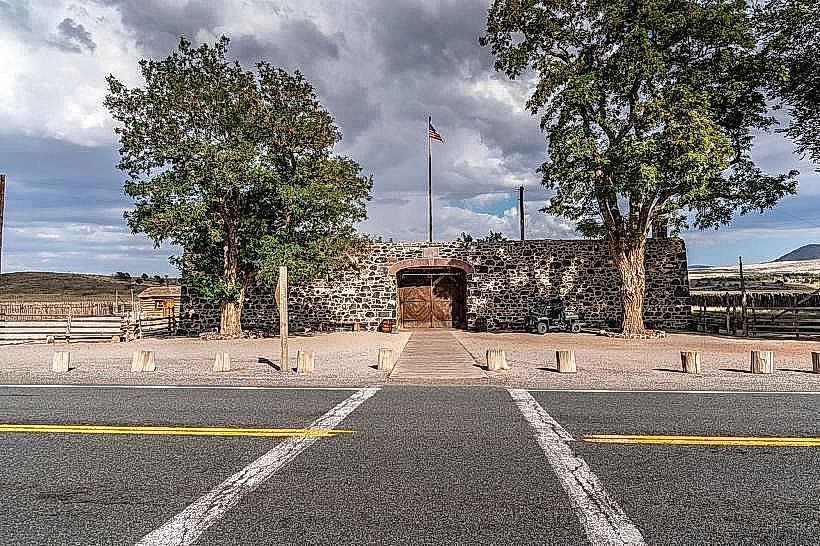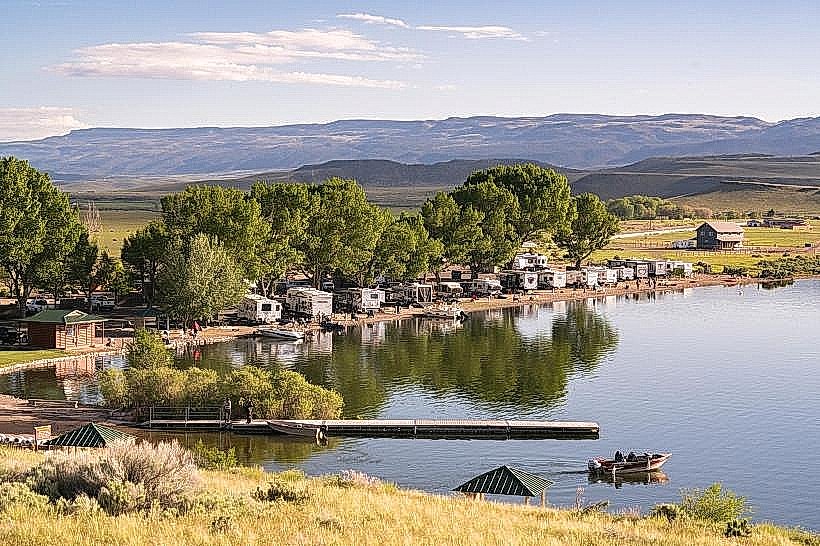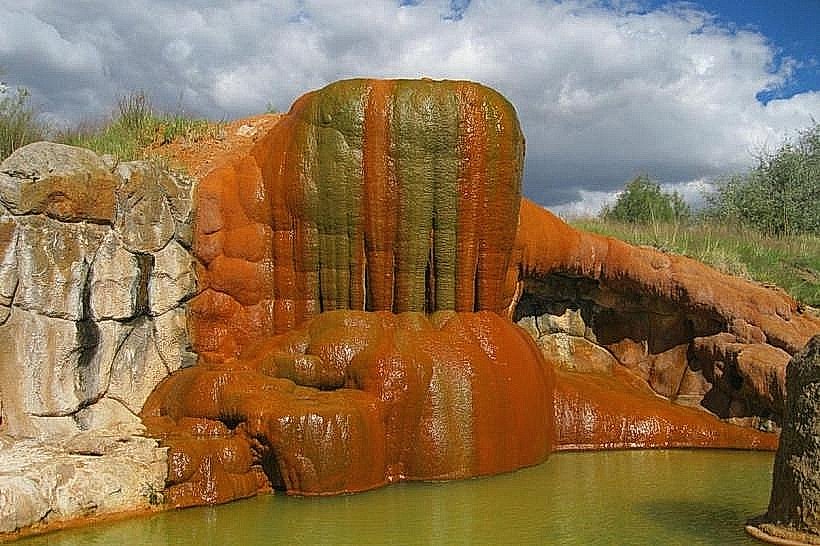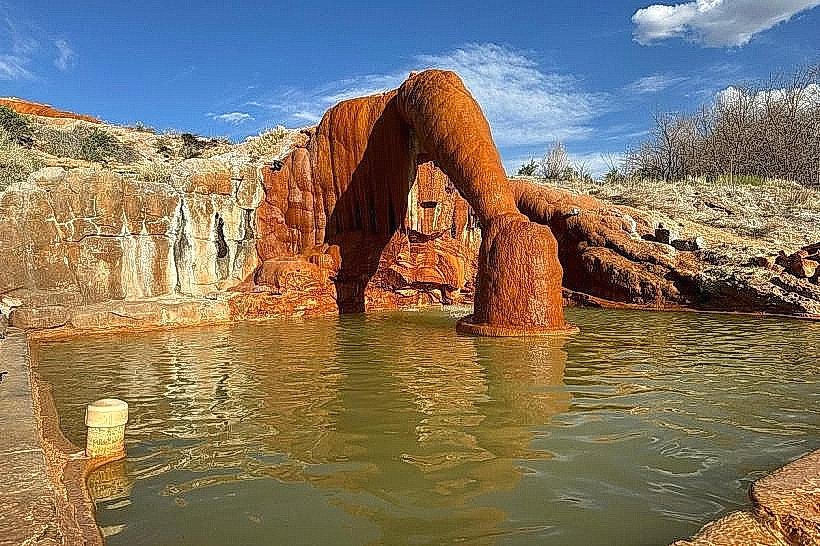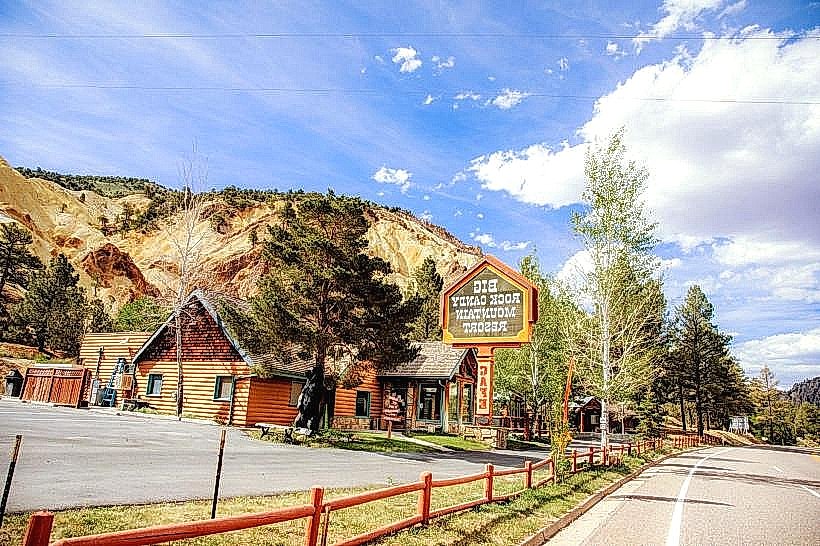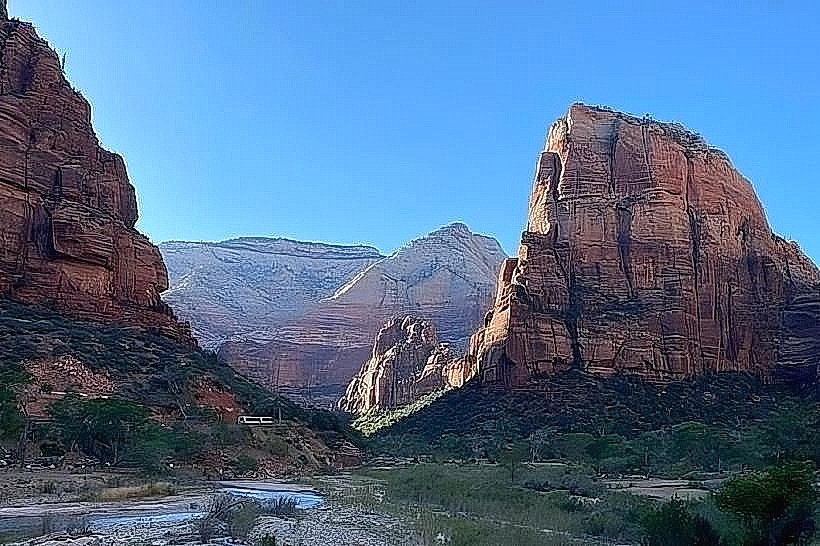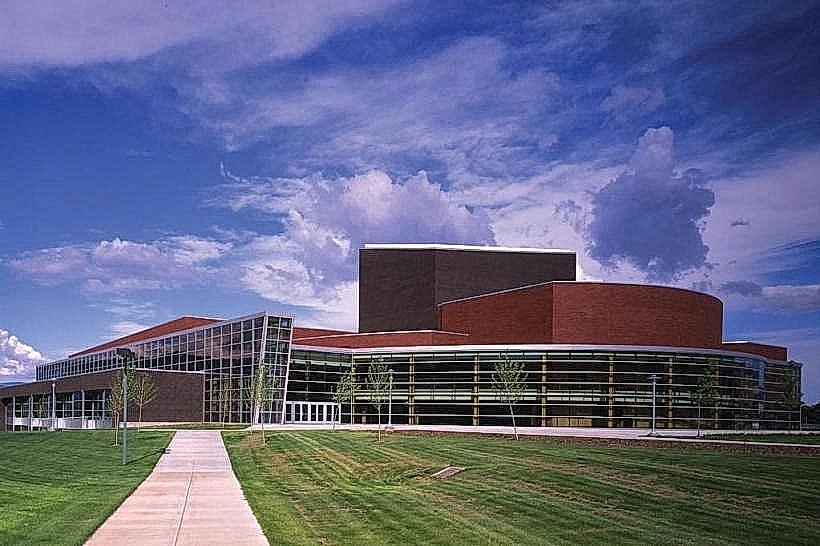Information
Landmark: Fremont Indian State ParkCity: Richfield
Country: USA Utah
Continent: North America
Fremont Indian State Park, Richfield, USA Utah, North America
Overview
Just outside Sevier in central Utah, Fremont Indian State Park showcases the rich history, culture, and archaeological legacy of the Fremont people, who lived here between roughly 600 and 1300 CE, leaving petroglyphs etched into the sun-warmed rock, on top of that in the park, you can wander past ancient rock carvings, step into rebuilt dwellings, and explore museum displays-all framed by the sunlit brush and wide, open skies of the high desert.The park rests in a wide valley, cradled by the Tushar Mountains and high desert plateaus, where sagebrush ripples across the plains, juniper dots the hills, and far-off peaks cut sharp against the sky, along with seasonal streams and winding arroyos cut through the earth, forming natural corridors where Fremont communities once planted crops and built their homes along the water’s edge.Under the vast blue sky, the desert’s raw beauty sharpens the feeling of history, linking today’s traveler to the people who once walked these sun-baked paths, along with fremont Indian State Park protects critical archaeological spots, from ancient pithouse villages and weathered stone granaries to rock art panels etched deep into red sandstone.Somehow, Visitors can wander through the remains of semi-subterranean homes, places where the Fremont people once lived and tucked away their grain in cool, shadowed corners, subsequently partly carved into the earth, these round homes show how builders adapted to the high desert, stacking sun-warmed stone with mud and rough-cut timber.Just steps away, weathered rock panels show petroglyphs and faded pictographs-figures of people and animals, a hunter drawing his bow, and swirling abstract shapes-giving a glimpse into the Fremont people’s beliefs and everyday world, after that the park’s Fremont Indian Museum holds one of the richest collections of Fremont artifacts, from clay pots still etched with ancient patterns to stone tools, jewelry, and woven textiles.The exhibits bring the Fremont culture to life, showing how they farmed corn in dry soil, hunted game across the plains, and gathered for rituals and sacred ceremonies, consequently visitors can browse reconstructed tools, weathered pottery shards, and everyday items-proof of the Fremont people’s ingenuity and adaptability in the harsh desert heat.The park’s Visitor Experience Trails wind past ancient ruins and open onto sweeping overlooks, offering an easy meander for families, history buffs, and anyone out for a relaxed hike, besides signs guide visitors through each site’s meaning, point out the symbols etched into the rock, and connect them to the wider story of the culture, maybe Seasonal programs, guided tours, and hands-on workshops bring the Fremont legacy to life, inviting visitors to step inside its story and handle artifacts that echo its past, while in Fremont Indian State Park, the air feels still and thoughtful, as if the rustle of dry grass might be the loudest sound you hear, somewhat Warm desert air drifts past, carrying the faint smell of sagebrush and sun-baked stone, and somewhere far off, wind murmurs through juniper trees, stretching the moment into eternity, equally important watch closely and you’ll detect the delicate lines carved into petroglyphs, the sturdy framework of pithouses, and the stacked layers of cool soil and rough stone inside the granaries.All day, the high desert light keeps changing, casting warm gold across petroglyphs and sheer cliffs, pulling you closer to the ancient land, after that fremont Indian State Park offers a striking glimpse into Utah’s prehistoric past, blending preserved archaeological sites, thoughtfully curated museum displays, and the sunbaked sweep of desert hills.Step into the high desert and trace the footsteps of the Fremont people-witness where they worked, lived, and carved their stories into stone.
Author: Tourist Landmarks
Date: 2025-10-08

